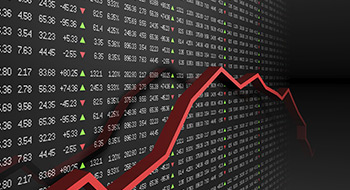

The funded ratio of public pension plans in the U.S. has edged up slightly to 73 per cent in fiscal year 2018, but has been largely flat for several years and is below its 2001 peak, according to a new analysis.
The research, from the Center for State and Local Government Excellence and the Boston College Center for Retirement Research, also found that liability growth for these plans slowed significantly between 2001 and 2018, which drove down the funded ratio from a high of 103 per cent in 2001.
“Annual liability growth has steadily declined each year, from 7.7 per cent in 2002 to 3.8 per cent in 2018,” said the report. “The change in assets is primarily attributable to investment returns and cash flows.”
Read: A refresher on the purposes of pension plan funding
In terms of asset growth, the research found the average annualized investment return for U.S. public plans was 5.9 per cent, much lower than the assumed return, and cash flows averaged negative 2.7 per cent.
“Combined with the relatively small impact of actuarial smoothing, actuarial assets have grown by only 3.5 per cent per year since 2001,” it noted. “Because actuarial assets and liabilities grew by 3.5 per cent and 5.6 per cent, respectively, the aggregate state and local funded ratio declined from 103 per cent in 2001 to 73 per cent in 2018.”
While more stringent funding methods would have slightly improved the trajectory of plan assets from 2001 to 2018, according to the report, significant change required using a lower assumed return.
“Given these trends, if plan sponsors want to improve plan funded ratios, a key challenge is to increase their asset base through contributions,” the report noted. “One way forward is to adopt more stringent funding methods, such as level-dollar amortization and shorter amortization periods.”
Another, more important, change, it noted, is to lower assumed investment returns to help ensure funding progress by further raising required contributions.
